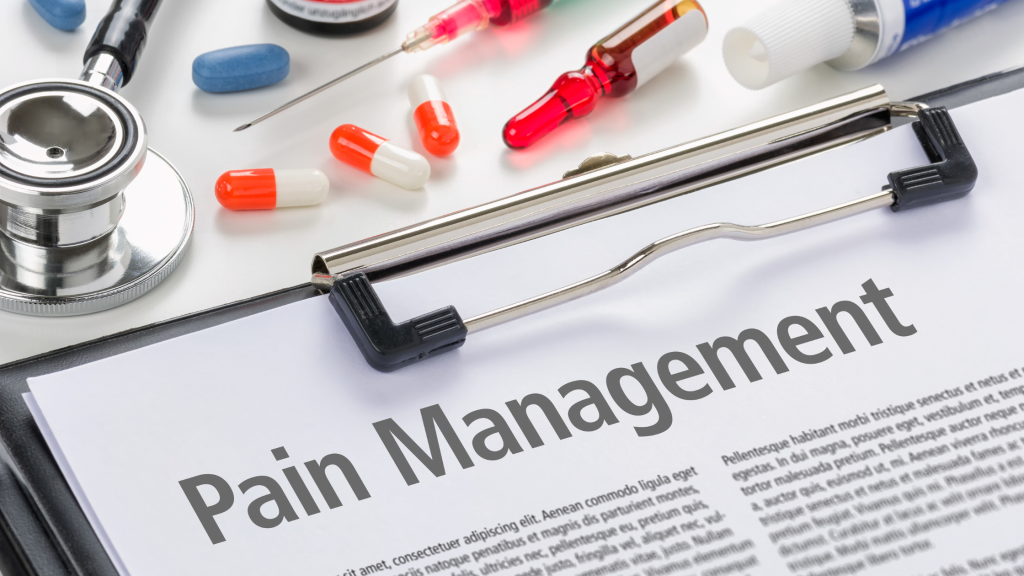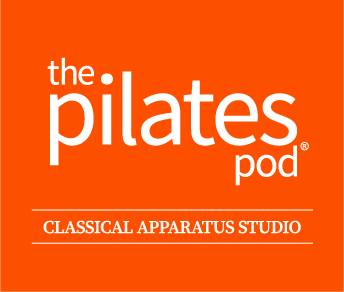
Twenty-five years ago, I was in a car accident where I got hit side-on by a vehicle who didn’t realise a new roundabout had been installed.
My car spun around, and a bus hit me in the rear! My head hit the dash and the side window. I walked away unharmed except for daily pain in my neck and back.
The standard NHS treatment was a physio for six weeks who manipulated my spine, and it felt better. But every three days or so, the pain came back. I got manipulated, the pain went away then three days later, it returned. The cycle continued. Eventually, I was discharged after the six weeks with a load of painkillers and a TENS machine to manage to live with the pain at home – I was 18 years old!
For years I “lived” like this, trying my best to do my exams in physical therapy and sports (I wanted to be a PE teacher!) Unfortunately, the pain meant I had to forfeit many physical exams for a ‘standard’ pass because I couldn’t physically move properly.
By now, I was living in Australia, aged 21. I decided enough was enough. My pain had gone from acute to chronic. It was time to take charge of my pain and find my management tools. My gym had a Pilates centre, and I took a few mat classes. I didn’t get it; I didn’t particularly like it; it didn’t help me; I couldn’t do those movements.
Then I found the Pilates apparatus, and it all changed!
The springs offered resistance that I needed to change the muscular imbalances. They created length and allowed circulation back to my problem areas. The straps supported me to enable my weak body to find strength. They gave me a powerhouse! My overly compensated body started to realign from this center of deep power. I realised days were going past without pain, weeks, and months.
That was the start of my road into my new Pilates teacher career!
But enough about me…
The different types of pain – Chronic v Acute
Acute pain comes on unexpectedly and recently (medically, they say it’s under eight weeks.) The pain you feel serves as a muscular, protective purpose to your bones and a warning that something has changed in your life. You may know what this is (i.e. my car accident), or the pain may seemingly come on without reason. This type of pain can cause your stress levels to increase very rapidly, and increased stress causes increased physical pain, so the pain-stress cycle continues.
Chronic pain is long-term (over a few months)
If we asked how long you’ve had back or neck pain, you might say, “oh, for years.” Often this type of pain is more of a dull ache, nagging pain; you’ve often learned to live with it and put up with it; maybe you’ve ignored it before. The pain here is usually down to an imbalance in the body. Something too tight or weak causes a shift in the body’s alignment. Your muscles get overstretched or pulled tight. Your joints have less space and stability. A weakness in the body’s centre (sometimes known as the core) massively contributes to this slow burner change. Sometimes hormones have changed things, but it’s down to lifestyle for over 80% of people we see. Sitting too much at the desk, not exercising enough, not working the deep muscles, or over-exercising wrongly for their body type or issues.
How can you help your body in acute pain?
You need an intervention! If you’ve obviously “done” something like me, you will know about it! It would be best if you saw a medic straight away. Don’t wait; get that doctor, nurse, or Osteopath appointment. Get a scan, get a thorough diagnosis and know what you’re dealing with.
But sometimes, the acute pain comes on for no apparent reason.
“Sometimes regular healthy clients come in for a session, but now they’ve got niggling back or hip pain. They don’t know what they’ve done and explain that it started hurting. During the session, I watch how their body moves, and I can see what muscularly is out of balance, but we need to figure out why. We chat about their life and what they’ve been doing. Suddenly, people remember playing five hours of golf, spending a lot of time at the desk, doing some heavy gardening, sleeping on a new pillow, taken up running. This is the different thing they’ve been doing, or they have been doing more than usual. That explains why their body has got itself in a pickle, and they feel the muscles painfully object! The muscles protect the bones, and although muscle pain feels very painful, it can be dealt with quickly if not left too long.”
How does Pilates help acute issues?
Having an initial 1:1 programme in Pilates will tailor everything for you individually. We don’t treat the problem; the medic does that, but Pilates gives you the tools for long-term self-management.
While the medics are working on helping your injury, we modify a Pilates programme that won’t exacerbate the area. Still, we will work around it, decompress and find space in your body. Space equals circulation and healing. Doing Pilates speeds up your recovery, gently helping to nudge the whole body into balance without compensations kicking in and leading you down a slippery slope. You may have some niggling bits, but you also have 99% of good bits in your body, and we’ll help keep them happy and healthy.
The medic can diagnose the issue, and we can tailor our programme accordingly to work together on the best holistic plan for you individually. Continuing Pilates is essential and will ensure things stay more even and can help reduce any future stresses and trauma.
Long-term chronic pain is a whole different ball game.
Excluding medical conditions and ailments, the cause of many people’s long-term back pain is often an imbalance in the body, often down to a weakness in the middle part of your body.
You may have neck pain, but a lower core weakness may cause that neck problem. This weakness can allow the body to slump, round, collapse, and compress. The shoulders can round; the neck juts forward. Now you feel it in your neck. But Pilates will help address it from much lower down!
Everywhere in your body, you have bones front and back. They are like your scaffolding. But between your ribs and your hips, there is just a void. Therefore the only thing that does support your back, joints, and vital organs are the muscles located deep in this area.
That’s why Joseph Pilates very cleverly put a strong emphasis on this centre part of the body.
Some know this as the “core,” but in our training within Pilates, we know this goes much deeper. We call it the “powerhouse.”
Strengthening this area regularly, a few times a week, you will see a change in your body’s alignment, which causes imbalances, compensations, and pain.
